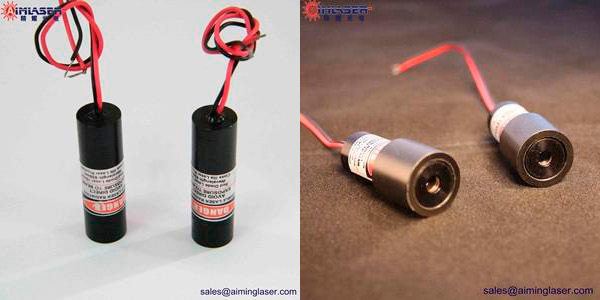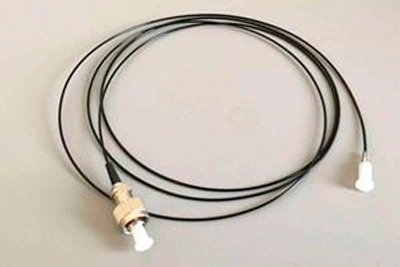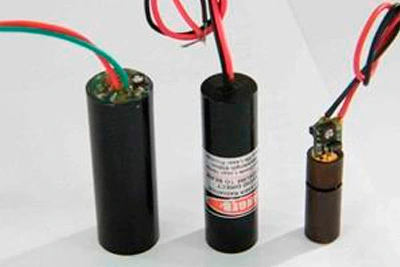A solid-state laser is a laser that uses a solid-state laser material as a working substance. The working medium is uniformly doped with a small amount of activated ions in the crystal or glass as the matrix material. Solid-state lasers have the characteristics of small size, convenient use and high output power. The solid-state laser generally has a continuous power of more than 100 watts, and the pulse peak power can be as high as 10W. However, due to the complicated preparation of the working medium, the price is relatively high.

The working substance of the solid-state laser is composed of optically transparent crystal or glass as the host material, doped with activated ions or other activated substances. This working substance should generally have good physical-chemical properties, narrow fluorescence spectral lines, strong and broad absorption bands and high fluorescence quantum efficiency. Glass laser working substances are easily made into uniform large-sized materials, which can be used in high energy or high peak power lasers. However, its fluorescence spectrum is wide and its thermal performance is poor, so it is not suitable for working under high average power. Common neodymium glasses are silicate, phosphate and fluorophosphate glasses. Crystal laser working materials generally have good thermal and mechanical properties, and narrow fluorescence spectral lines, but the crystal growth technology to obtain high-quality large-scale materials is complicated. Since the 1960s, more than 300 crystals of oxides and fluorides doped with various rare earth metals or transition metal ions have achieved laser oscillation.
Solid-state lasers use light as the excitation source. Commonly used pulse excitation sources are xenon-charged flash lamps; continuous excitation sources include krypton arc lamps, iodine tungsten lamps, potassium rubidium lamps, etc. In small long-life lasers, semiconductor light-emitting diodes or sunlight can be used as excitation sources. Some new solid-state lasers also use laser excitation. Because only a part of the emission spectrum of the light source is absorbed by the working substance, and other losses are added, the energy conversion efficiency of solid-state lasers is not high, generally between a few thousandths and a few percent.
Solid-state lasers can be used as high-energy and high-power coherent light sources. The output energy of the ruby pulse laser can reach the kilojoule level. The Q-switched and multi-stage amplified neodymium glass laser system has a maximum pulse power of 10 watts. The output power of the yttrium aluminum garnet CW laser can reach hundreds of watts, and the multi-level series connection can reach kilowatts. At the same time, solid-state lasers use Q-switching technology (electro-optic modulation) to obtain short pulses in the nanosecond to hundreds of nanoseconds, and the mode locking technology can obtain ultrashort pulses in the picosecond to hundreds of picoseconds. In addition, due to the optical inhomogeneity of the working material and other reasons, the output of the general solid-state laser is multi-mode. If the working material with good optical uniformity is selected and technical measures such as carefully designed resonator are adopted, the fundamental transverse mode laser with the beam divergence angle close to the diffraction limit can be obtained, and the single longitudinal mode laser can also be obtained.
Solid-state lasers have a wide range of uses in military, processing, medical, and scientific research. It is commonly used in ranging, tracking, guidance, drilling, cutting and welding, semiconductor material annealing, electronic device micromachining, atmospheric detection, spectroscopy research, surgery and ophthalmic surgery, plasma diagnostics, pulsed holography, and laser fusion. Solid-state lasers are also used as excitation sources for tunable dye lasers. The development trend of solid-state lasers is the diversification of materials and devices, including the search for new wavelengths and new working materials with tunable working wavelengths, improving laser conversion efficiency, increasing output power, improving beam quality, compressing pulse width, and improving reliability and reliability. Extend working life, etc.

